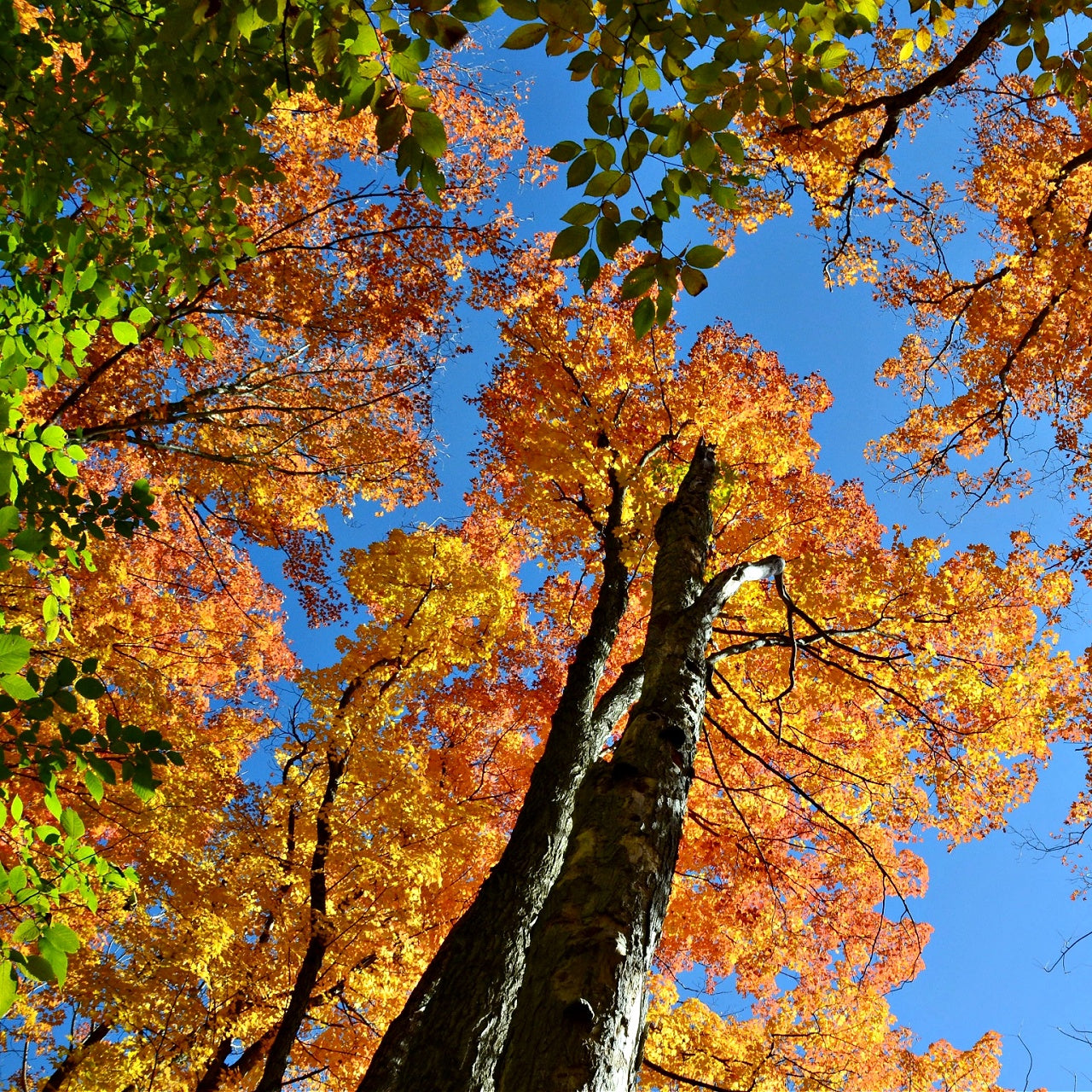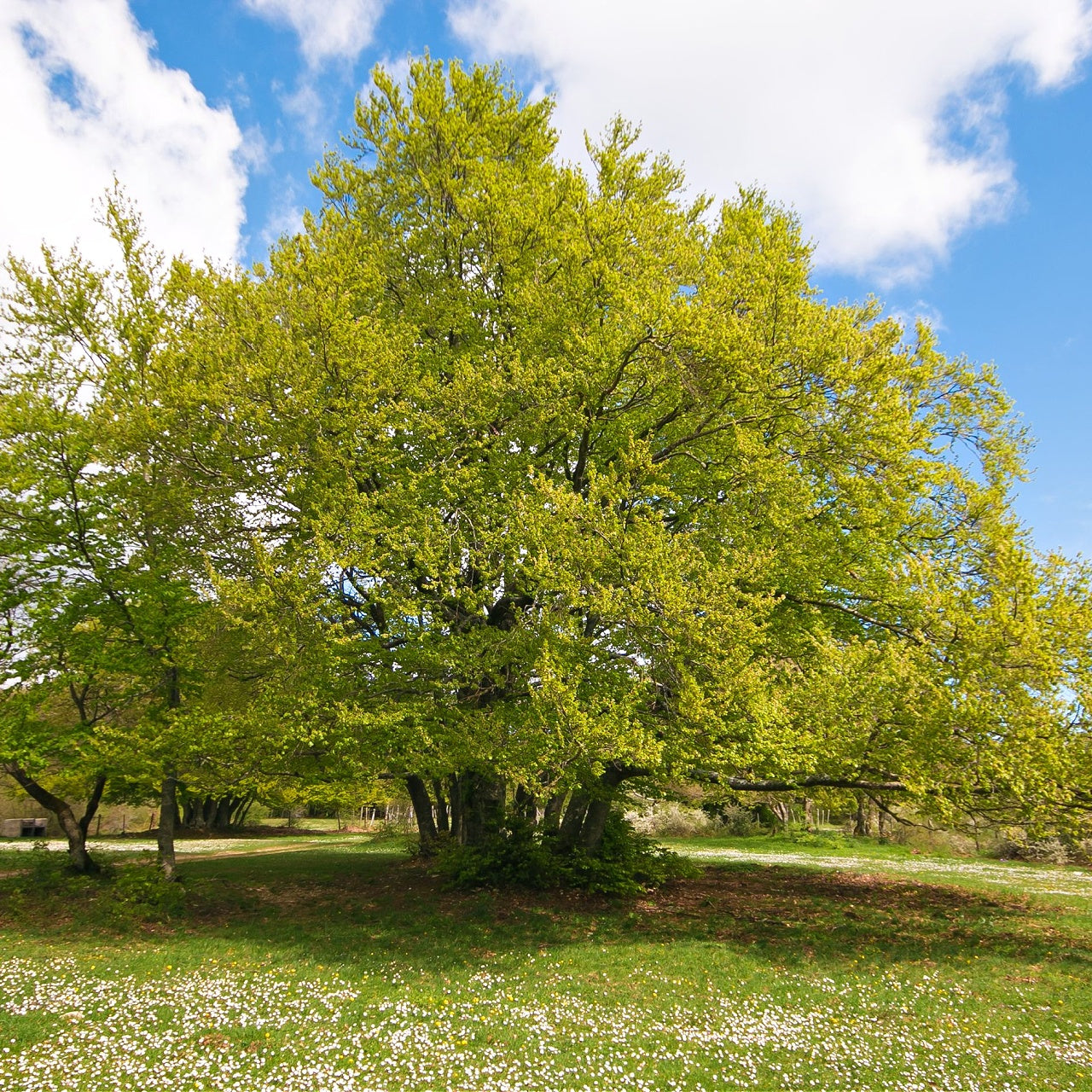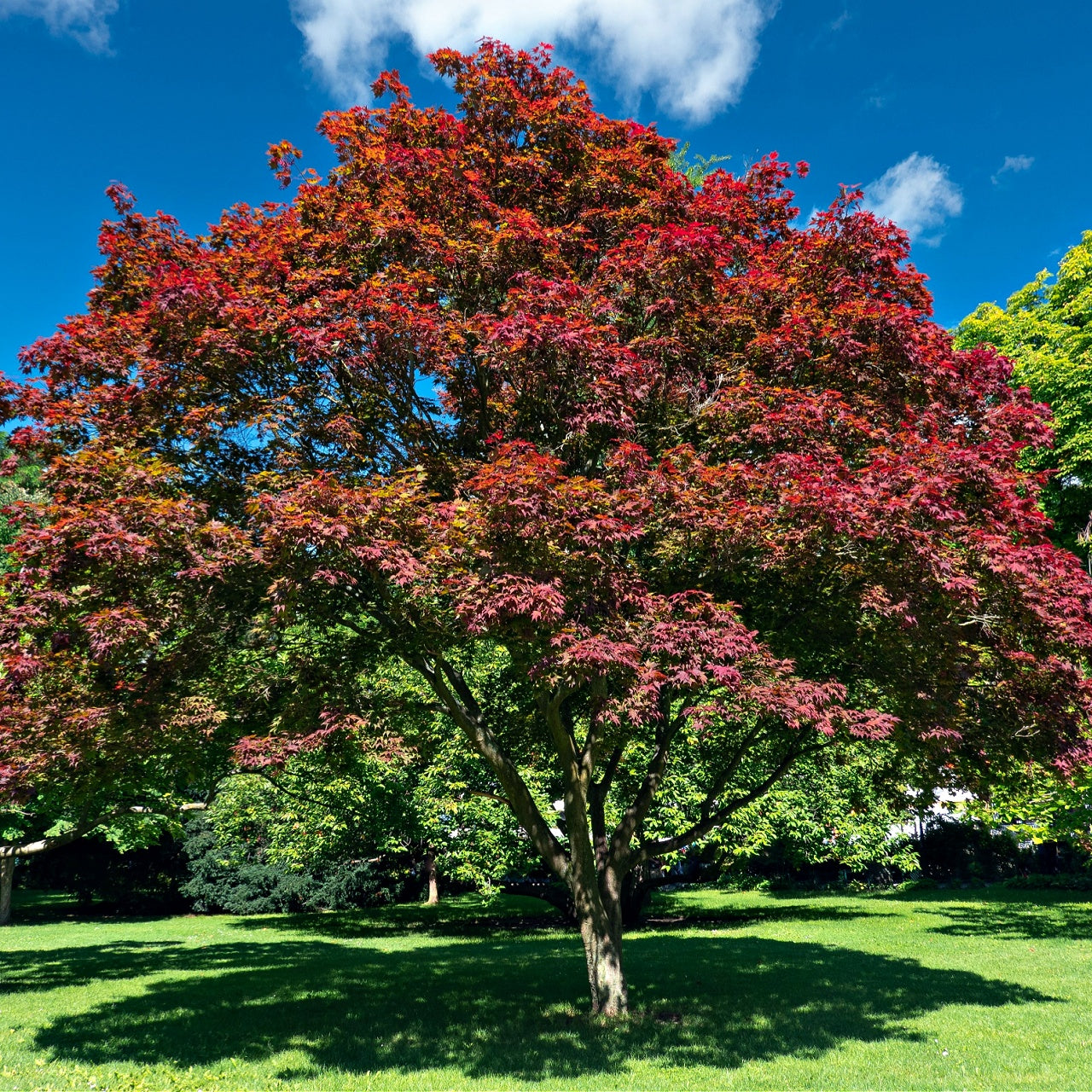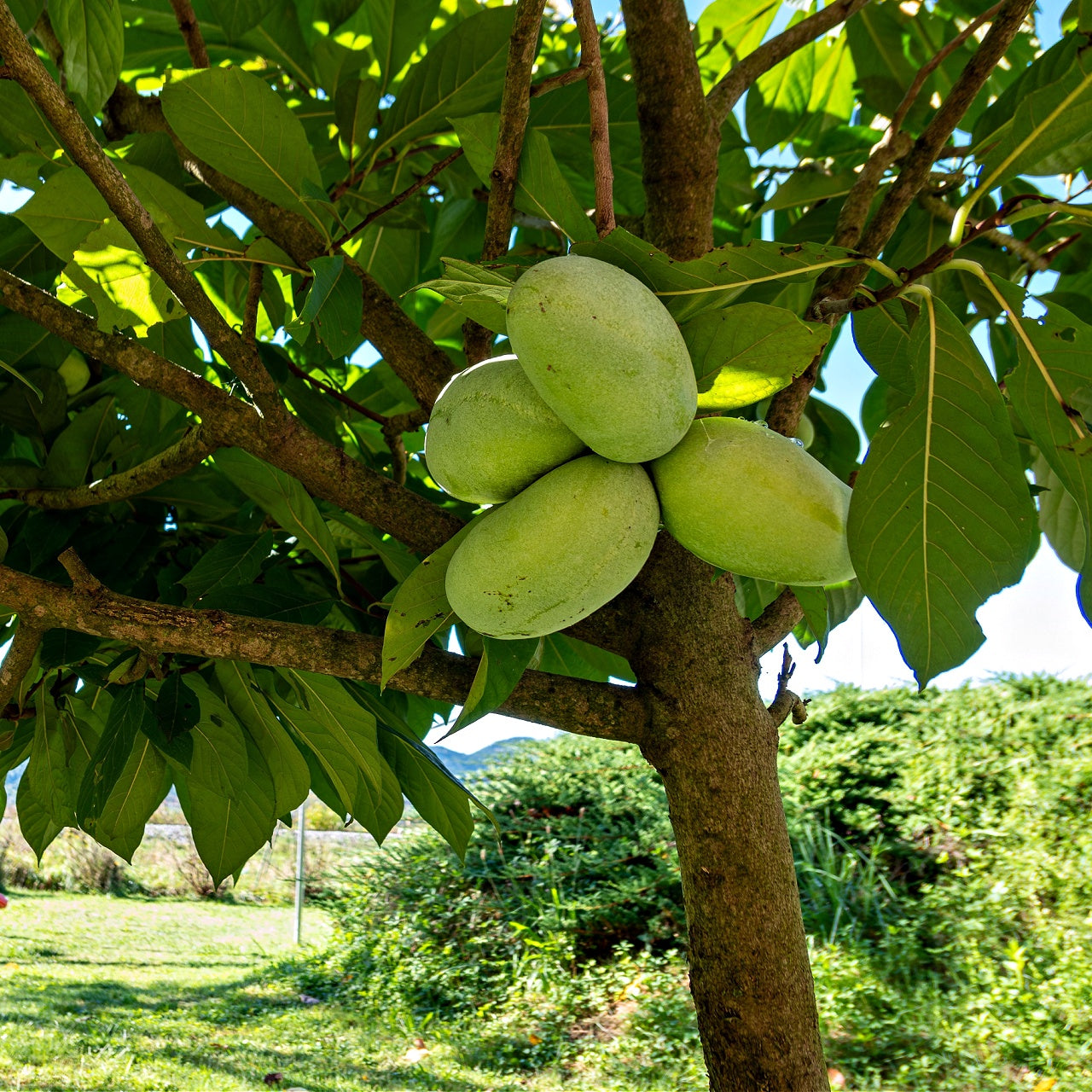
Aquatic Oasis: Pond Planting Essentials
Aquatic Oasis: Pond Planting Essentials
Aquatic & Pond Planting Provides Both Serenity and Numerous Advantages
Aquatic planting transforms simple water features into flourishing ecosystems filled with colorful plants, elegant wildlife, and balanced aquatic environments. Homeowners and water gardeners often find themselves captivated by the natural beauty and serenity that pond plants deliver through both delicate submerged varieties and prominent floating flowers. Introducing plants into pond ecosystems delivers several benefits, including oxygen production and water purification, while providing safe habitats for aquatic species, such as fish and frogs. Creating a balanced pond environment requires careful planning and continued maintenance yet provides aesthetic and ecological advantages that justify this effort for anyone wanting to improve their outdoor space.
Aquatic planting attracts many people because it creates a green haven that naturally integrates with its environment. The strategic placement of aquatic plants transforms any landscape into a captivating centerpiece through its dynamic seasonal colors and textures. Water lilies, cattails, and marginal reeds create living sculptures that captivate viewers while establishing an atmosphere of tranquility when climate conditions and plant selection align. Aquatic plants maintain essential biological functions through their ability to enable organisms to take up extra nutrients and secure sediment, which helps sustain healthy water quality. These natural processes generate clear water conditions and decrease algae growth, improving living conditions for fish and amphibians.
Selecting the Right Plants
The right choice of pond plants requires examination of environmental conditions such as climate, water depth levels, and sunlight exposure alongside aquatic animal species in the region. Pond borders and shallow areas provide ideal growth conditions for marginal plants like irises and rushes. The resilient species stabilize the pond perimeter through soil anchoring, and they contribute a vertical aesthetic that contrasts with the water's smooth surface. Aquatic species like hornwort and watermilfoil thrive completely underwater while generating oxygen, benefiting fish and other helpful microorganisms. Floating plants, including water hyacinths and duckweed, move across the water's surface, blocking excessive sunlight and preventing algae development.
Plant survival through winter months in cold regions depends on choosing hardy species that withstand temperature fluctuations. Gardeners favor the classic water lily because numerous hardy cultivars withstand extreme weather conditions. Warm-climate water gardeners have access to numerous tropical floating plants and flowers that bring colorful displays to the surface of their waters. Water gardeners should select plant species that complement their landscape design while supporting ecosystem balance regardless of location.

Creating Ideal Conditions for Growth
Water quality assessment is the first step toward creating a suitable environment for aquatic plant growth in ponds. Monitoring water pH, ammonia, and nitrate levels through routine testing allows the detection of imbalances that can disrupt plant growth. Plants need adequate sunlight because it drives the photosynthesis process. Direct light should be moderated because excessive exposure causes algae overgrowth, and the planting scheme must mix sunlit areas with shaded zones created by taller plants or floating species.
The sustainability of aquatic vegetation depends significantly on the quality of soil and planting substrates. Vigorous root systems require a nutrient-rich growing medium that benefits marginal and submerged plants. Some plants achieve optimal growth when placed in containers at different depths, which helps control their spread while meeting species-specific preferences. Placing these containers in the pond streamlines maintenance tasks because they allow for simple removal during pruning or repotting procedures.
Water gardeners should introduce new plants slowly to maintain the pond's ecological balance. Placing too many plants simultaneously into a pond leads to resource competition and water quality disruption when large quantities of organic material start to decompose. Developing a mature pond requires time and patience because each plant needs to find its proper place within the ecosystem.
Long-Term Maintenance and Care
Maintaining an aquatic garden requires constant monitoring and flexibility to respond to environmental changes. Proper pruning is needed to prevent plants from expanding beyond their allocated space, which leads to water circulation blockage and excessive shading of nearby species. Floating plants may reproduce quickly, creating thick mats that suffocate the water's surface. Regular thinning or removal helps maintain the pond as a balanced habitat.
Preserving the pond's beauty and health depends on the regular practice of seasonal cleanup. During autumn, leaves that fall into the pond gather on the surface before sinking to the bottom, where they decompose and release nutrients that stimulate algae growth. Removing leaves and debris from the water and cutting back dead foliage maintains pond transparency and promotes a thriving environment for aquatic organisms. To protect fish and submerged plants from oxygen deprivation during winter months in colder climates, pond owners should take action to prevent ice from fully covering the water's surface.
Long-term pond care involves ongoing pest and disease presence monitoring. Although some insects and tiny organisms enhance pond ecology, their positive impact can be overshadowed when invasive species destroy plant life. By monitoring the subtle variations in leaf color and growth patterns along with plant health, water gardeners can detect potential problems before they reach a critical stage. Ecosystem management that includes natural predators and sustainable treatments surpasses chemical methods in effectiveness and environmental safety.
The growth and multiplication of plants over time may require gardeners to reevaluate their design plans and relocate or divide specific species. Rearranging garden elements preserves aesthetic appeal while giving each plant sufficient space and resources to flourish. Observing and creatively managing pond life while adapting to its changes brings joy to anyone who maintains a vibrant aquatic garden. Combining water with foliage and wildlife establishes a peaceful environment that makes aquatic and pond planting efforts an enriching and inspiring experience.
Crafting Your Own DIY Pond for Future Aquatic Plants
Constructing your pond project offers excellent rewards, which become even more fulfilling when you add aquatic plants afterward. Creating a pond requires essential planning and regular maintenance but provides an uncomplicated way to establish a yard centerpiece or support biodiversity.
Start your pond-building project by selecting the optimal spot on your property. Pick a location that enjoys full sunlight exposure during the day but provides protection from strong winds. Sunlight sustains aquatic organisms and maintains perfect living circumstances for future pond residents. Do not locate the pond near large trees to prevent root interference during excavation and water contamination from decaying leaves. Long-term water quality depends on sunlight and shelter balance.
Select a location and mark your pond's desired dimensions and shape. Outline your desired shape and size with a rope or hose before digging. The depth of your pond should be planned as multiple depths will create various habitats for different species after you fill it with water. Aquatic creatures find protection in deep areas while emerging plants thrive in shallow sections. Before starting your digging process, you must investigate the area for underground utilities and remove stones and sharp objects that could harm your pond liner.
The next critical decision is choosing the appropriate pond liner. Flexible liners constructed from EPDM or PVC materials are available, or you can select rigid pre-formed molds to achieve specific shapes. Flexible liners provide design versatility but demand precise measurement to ensure sufficient material coverage of all surface contours. After installing the liner, you should remove all wrinkles and hold down the edges using rocks or paving stones. The method maintains the structure while integrating the pond into its natural environment.
Once you have placed the pond liner, begin adding water gradually. Spend sufficient time in this phase to properly arrange the liner and remove any wrinkles to achieve a clean appearance. After filling the pond, remove any remaining liner material around the edges while maintaining a small section for secure attachment. Consider installing an essential pump or filtration system to keep the water flowing and prevent stagnation while maintaining optimal conditions. Adding a fountain or minor waterfall feature to your pond delivers aeration benefits and visual enhancement.
When appropriately set up, natural elements supporting diverse plant life become possible. The pond's edge becomes visually appealing when stones, pebbles, and decorative elements create a smooth transition from lawn or patio to water. Beneficial bacteria will build a stable ecosystem in your pond through proper water maintenance over time. Do not introduce chemical substances that can interfere with the pond's ecological balance. Maintain adequate water conditions by regularly checking pH and other parameters to keep them within acceptable limits.
Building a pond that supports future plant life requires thorough preparation, detail-oriented planning, and thoughtful placement choices. Choosing an optimal location, shaping your pond, and installing a proper water system will help create a sustainable and beautiful water feature. With the addition of appropriate vegetation, your new pond will function as a peaceful backyard display while also evolving into a welcoming habitat.






